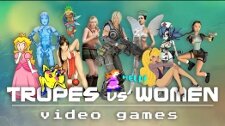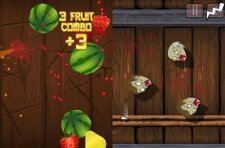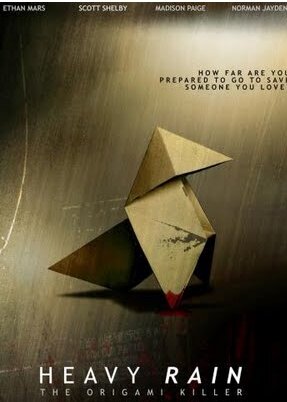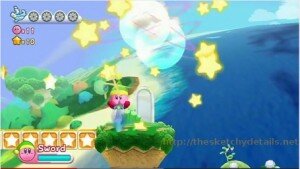Kickstarter is not the most reliable funding source for video games. About 43% of these projects reach their fundraising goals, which makes them the 4th least successful category on the site. It’s a higher rate than pitching to a big video game company, to be sure, but not exactly a guarantee by any stretch of the imagination.
Yet, Kickstarter themselves declared 2012 The Year of the Game. Of the 11 projects to break the $1million threshold this year, 8 were directly connected to gaming; 7 of those were actually games. I can be glib and point out that Amanda Palmer’s Kickstarter album Theatre is Evil includes a cover of Lana Del Ray’s “Video Games” as a bonus track to supporters, which would make it 9/11.
Another video game project crossed met their goal recently, but not without starting a wave of controversy. Obsidian started a campaign for an RPG called Project Eternity. They hit all the right buttons and got the fans on their side. The pitch is really good and the game could turn out great.
Then Obsidian CEO Feargus Urquhart wrote a comment on his own Kickstarter project:
We were actually contacted by some publishers over the last few months that wanted to use us to do a Kickstarter. I said to them “So, you want us to do a Kickstarter for, using our name, we then get the Kickstarter money to make the game, you then publish the game, but we then don’t get to keep the brand we make and we only get a portion of the profits” They said, “Yes”.
I’ll give you a moment to unroll your eyes and pick your jaws off your tables.
Video game publishers contacted indie game creators to get them to Kickstart a game they wouldn’t invest in themselves. Then, the publishers wanted to release it themselves and give the indie game creators who did all the work a percentage of the profits.
That might be one of the more evil business pitches I’ve heard in a long time. Leave the game developer to take all the risk, then buy them out and take all the rewards for yourself (minus a percentage). That’s ballsy to say the least. At least Obsidian was smart enough to realize this was a bad deal.
Thanks to Urquhart, Kickstarter supporters know that some of these gaming projects might be too good to be true. I feel like I have a pretty good idea of the kind of project I want to support through that site. I’m looking for independent projects from artists and content creators who otherwise wouldn’t be able to do them.
How do you hear this story and not question if the indie game creator is being backed by a publisher dangling a bad contract in front of them? You don’t unless they slip up.
For example, EA announced that they’re going to support Kickstarter projects. Technically, all they’re doing is waving 90 days of fees for indie developers who release their game on EA’s download system. If my math doesn’t fail me, that means they’ll start paying fees three months into a release that EA is collecting a cut of for every sale. Who knows what else EA has in store for indie developers using Kickstarter if enough agree to this risky proposition? What other companies are offering deals or scouting revenue sources that exploit Kickstarter projects?
There is never a guarantee that a Kickstarter project will be funded, let alone completed. Now we have more reason to assign “Caveat Emptor” as the new slogan for the crowdsourcing site.
Thoughts? I think the big publisher offer is sleazy and can only hope people smart enough to develop a game are smart enough to read between the lines on an opportunity like that. Share your thoughts below.












